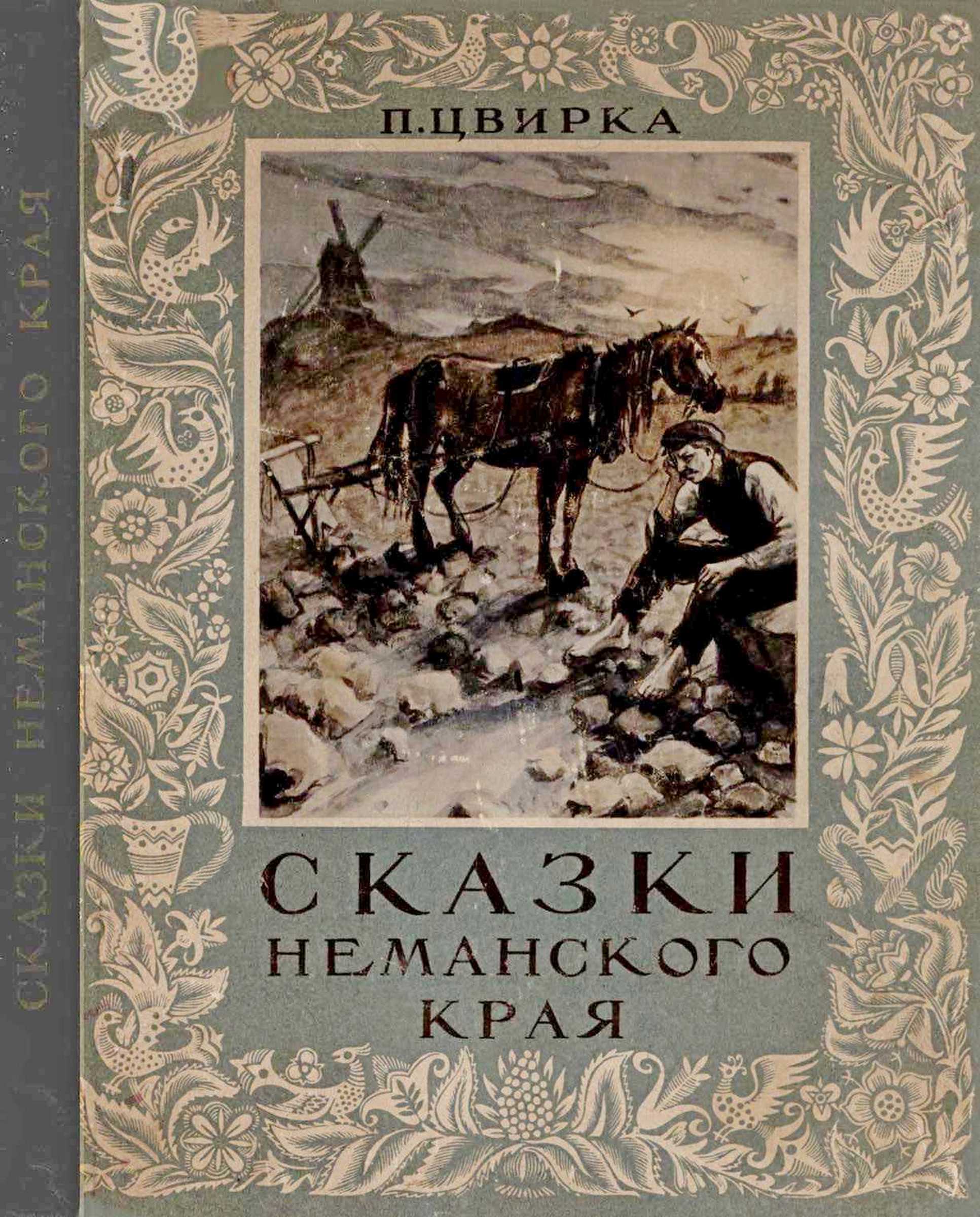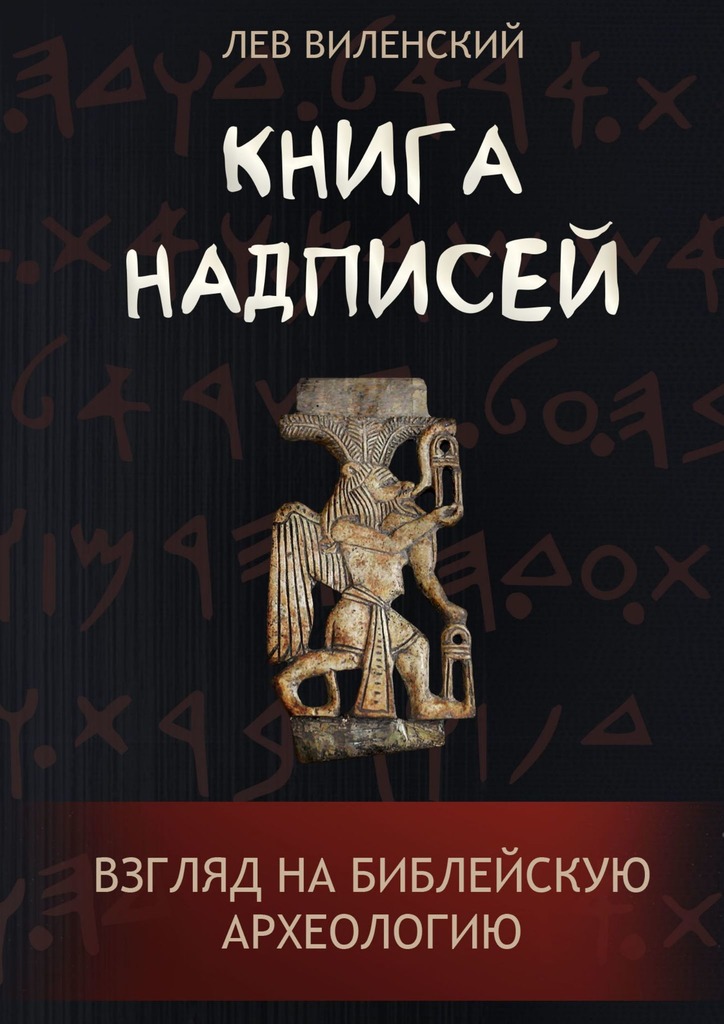Australia by 65,000 Years Ago. Nature 547: 306–10.
27
Groucutt, H. S. et al. 2015. Stone Tool Assemblages and Models for the Dispersal of Homo sapiens Out of Africa. Quaternary International 382: 8–30.
28
Liu, W. et al. 2015. The Earliest Unequivocally Modern Humans in Southern China. Nature 526: 696–9.
29
Harvati, K. et al. 2019. Apidima Cave Fossils Provide Earliest Evidence of Homo sapiens in Eurasia. Nature 571: 500–504.
30
Hershkovitz, I. et al. 2018. The Earliest Modern Humans Outside Africa. Science 359: 456–9.
31
Petraglia, M. D., Breeze, P. S. and Groucutt, H. S. 2019. Blue Arabia, Green Arabia: Examining Human Colonisation and Dispersal Models. In N. Rasul and I. Stewart (eds.), Geological Setting, Palaeoenvironment and Archaeology of the Red Sea, Cham: Springer, pp. 675–83.
32
Drake, N. A. et al. 2011. Ancient Watercourses and Biogeography of the Sahara Explain the Peopling of the Desert. Proceedings of the National Academy of Sciences 108(2): 458–62.
33
Groucutt, H. S. et al. 2018. Homo sapiens in Arabia by 85,000 Years Ago. Nature Ecology and Evolution 2: 800–809.
34
Beyer, R. M. et al. 2020. Windows Out of Africa: A 300,000-Year Chronology of Climatically Plausible Human Contact with Eurasia. bioRxiv, препринт опубликован в интернете 14 января 2020 г.; http://dx.doi.org/10.1101/2020.01.12.901694.
35
Mallick, S. et al. 2016. The Simons Genome Diversity Project: 300 Genomes from 142 Diverse Populations. Nature 538: 201–6.
36
Там же; Pagani, L. et al. 2016. Genomic Analyses Inform on Migration Events During the Peopling of Eurasia. Nature 538: 238–42.
37
Kuhlwilm, M. et al. 2016. Ancient Gene Flow from Early Modern Humans into Eastern Neanderthals. Nature 530: 429–33.
38
Grove, M., Pearce, E. and Dunbar, R. I. 2012. Fission-Fusion and the Evolution of Hominin Social Systems. Journal of Human Evolution 62(2): 191–200.
39
Его биограф Джудит Хейманн озаглавила свою книгу так: The Most Offending Soul Alive: Tom Harrisson and His Remarkable Life (Самая беспокойная душа из всех: Том Харрисон и его замечательная жизнь. – Прим. пер.); название говорит само за себя.
40
Группа исследователей, изучавшая Ниах, установила, что наличие пыльцы растений рода Justicia очень часто совпадает с присутствием в джунглях лесных фаз. В наши дни растения Justicia всегда первыми захватывают выгоревшие места в Национальном парке Ниах, из чего следует, что высокое содержание пыльцы этих растений может отражать использование огня для расчистки лесов.
41
Barker, G. et al. 2007. The 'Human Revolution' in Lowland Tropical Southeast Asia: The Antiquity and Behavior of Anatomically Modern Humans at Niah Cave (Sarawak, Borneo). Journal of Human Evolution 52: 243–61.
42
Wedage, O. et al. 2019. Specialized Rainforest Hunting by Homo sapiens ~45,000 Years Ago. Nature Communications 10, 739.
43
Langley, M. C. et al. 2020. Bows and Arrows and Complex Symbolic Displays 48,000 Years Ago in the South Asian Tropics. Science Advances 6(24): eaba3831.
44
Westaway, K. et al. 2017. An Early Modern Human Presence in Sumatra 73,000–63,000 Years Ago. Nature 548: 322–5. Кира Уэстевей и ее коллеги проводили раскопки на стоянке Лида-Ажер на Суматре, где предыдущие исследователи еще в XIX в. обнаружили окаменевший зуб гоминина и кости вымерших животных. Хотя позднее физические антропологи идентифицировали данный зуб как принадлежавший «современному» человеку, стоянке уделяли очень мало внимания, поскольку для нее не было разработано достоверной хронологии, а также из-за того, что ее уже довольно давно раскапывали. Уэстевей и ее сотрудники решили изучить стоянку с помощью новейших научных методов. Новые способы датировки и анализа позволили установить, что хозяином зуба определенно был «современный» человек, живший в период от 63 000 до 73 000 лет назад.
45
Roberts, P. and Stewart, B. A. 2018. Defining the 'Generalist Specialist' Niche for Pleistocene Homo sapiens. Nature Human Behaviour 2: 542–50.
46
Bae, C. J., Douka, K. and Petraglia, M. D. 2017. On the Origin of Modern Humans: Asian Perspectives. Science 358(6368): eaai9067.
47
Langley et al. 2020.
48
Dennell, R. 2017. Human Colonization of Asia in the Late Pleistocene: The History of an Invasive Species. Current Anthropology 58 (Supplement 17): S383–S396.
49
Shipman, P. 2015. The Invaders: How Humans and Their Dogs Drove Neanderthals to Extinction, Cambridge, MA: Harvard University Press.
50
Menez, A. 2018. The Gibraltar Skull: Early History, 1848–1868. Archives of Natural History 45.1: 92–110.
51
Schmitz, R. and Thissen, J. 2002. Neandertal: Die Geschichte geht weiter, Heidelberg: Spektrum; Madison, P. 2016. The Most Brutal of Human Skulls: Measuring and Knowing the First Neanderthal. British Journal for the History of Science 49(3): 411–32.
52
Кости неандертальцев находили и до Фельдхофера. В 1829 г., в гроте Энгис (Бельгия) землекопы обнаружили детский череп, который позднее был опознан как неандертальский, а спустя еще 20 лет, около 1848 г., в Гибралтаре был найден знаменитый череп из карьера Форбса. В 1865 г. он был отправлен в Англию для изучения (Menez, 2018).
53
Trinkaus, E. 1985. Pathology and the Posture of the La Chapelle-aux-Saints Neandertal. American Journal of Physical Anthropology 67(1): 19–41.
54
Richards, M. P. and Trinkaus, E. 2009. Isotopic Evidence for the Diets of European Neanderthals and Early Modern Humans. Proceedings of the National Academy of Sciences 106: 16034–9.
55
Power, R. C. et al. 2018. Dental Calculus Indicates Widespread Plant Use within the Stable Neanderthal Dietary Niche. Journal of Human Evolution 119: 27–41.
56
Zilhão, J. et al. 2010. Symbolic Use of Marine Shells and Mineral Pigments by Iberian Neandertals. Proceedings of the National Academy of Sciences 107: 1023–8; Stringer, C. et al. 2008. Neanderthal Exploitation of Marine Mammals in Gibraltar. Proceedings of the National Academy of Sciences 105: 14319–24.
57
Harvati, K. et al. 2013. New Neanderthal Remains from Mani Peninsula, Southern Greece: The Kalamakia Middle Paleolithic Cave Site. Journal of Human Evolution 64: 486–99; Hayden, B. 2012. Neanderthal Social Structure? Oxford Journal of Archaeology 31(1): 1–26.
58
Power et al. 2018.
59
Henry, A. G., Brooks, A. and Piperno, D. 2011. Microfossils in Calculus Demonstrate Consumption of Plants and Cooked Foods in Neanderthal Diets (Shanidar III, Iraq; Spy I and II, Belgium). Proceedings of the National Academy of Sciences 108(2): 486–91.
60
Rosas, A. et al. 2013. Identification of Neandertal Individuals in Fragmentary Fossil Assemblages by Means of Tooth Associations: The Case of El Sidrón (Asturias, Spain). Comptes Rendus Palevol 12(5): 279–91.
61
Defleur, A. et al. 1999. Neanderthal Cannibalism at Moula-Guercy, Ardèche, France. Science 286: 128–31.
62
Bar-Yosef, O. 2004. Eat What is There: Hunting and Gathering in the World of Neanderthals and Their Neighbours. International Journal of Osteoarchaeology 14: 333–42.
63
Hardy, K. et al.
























